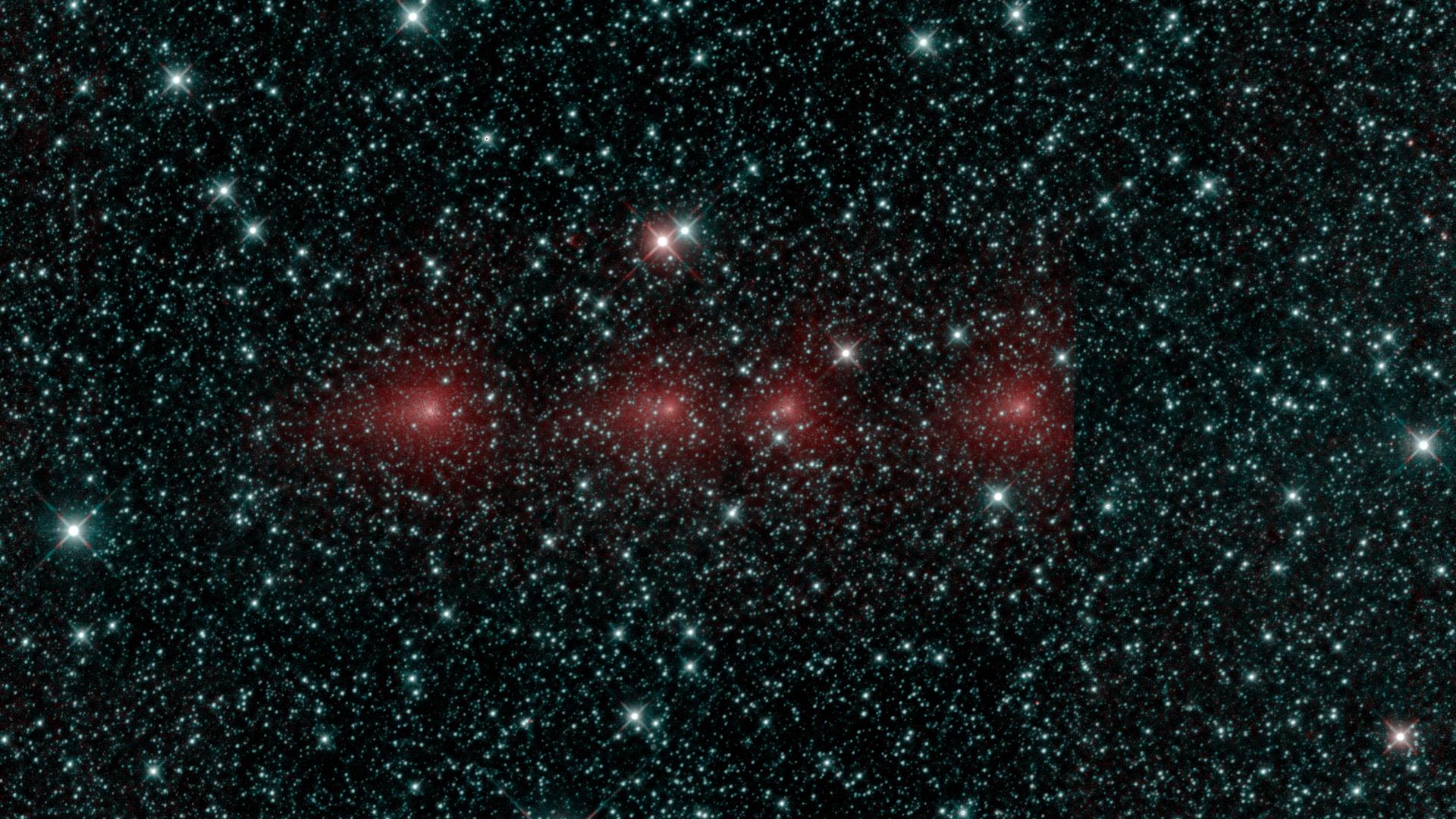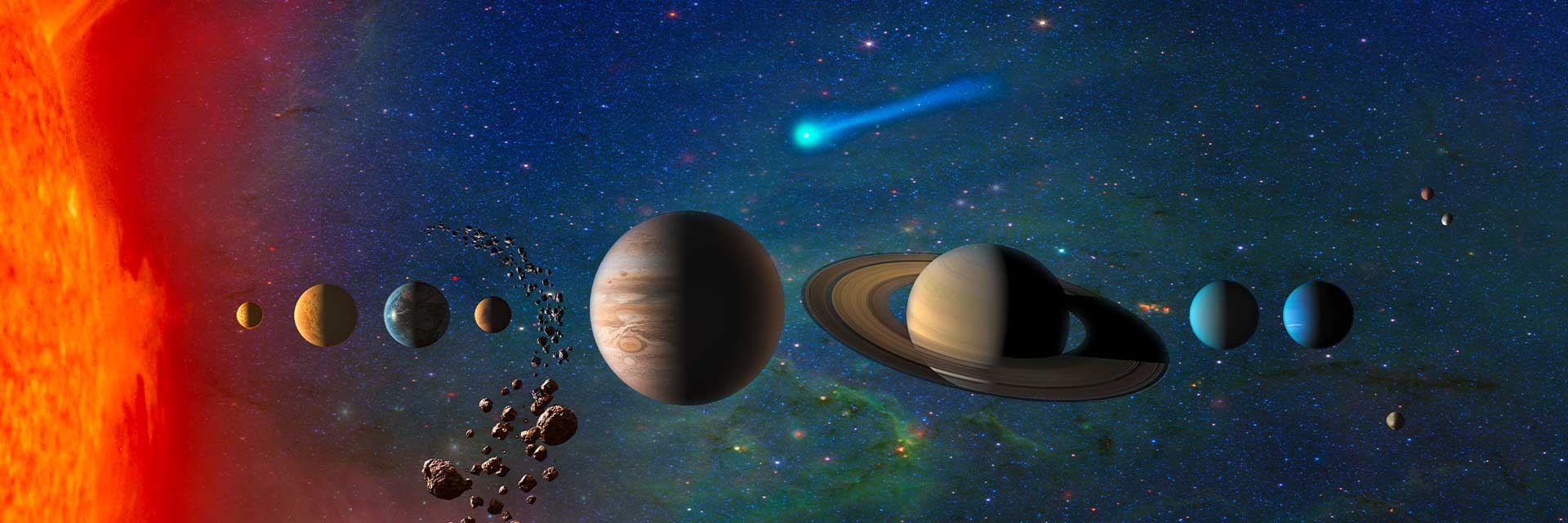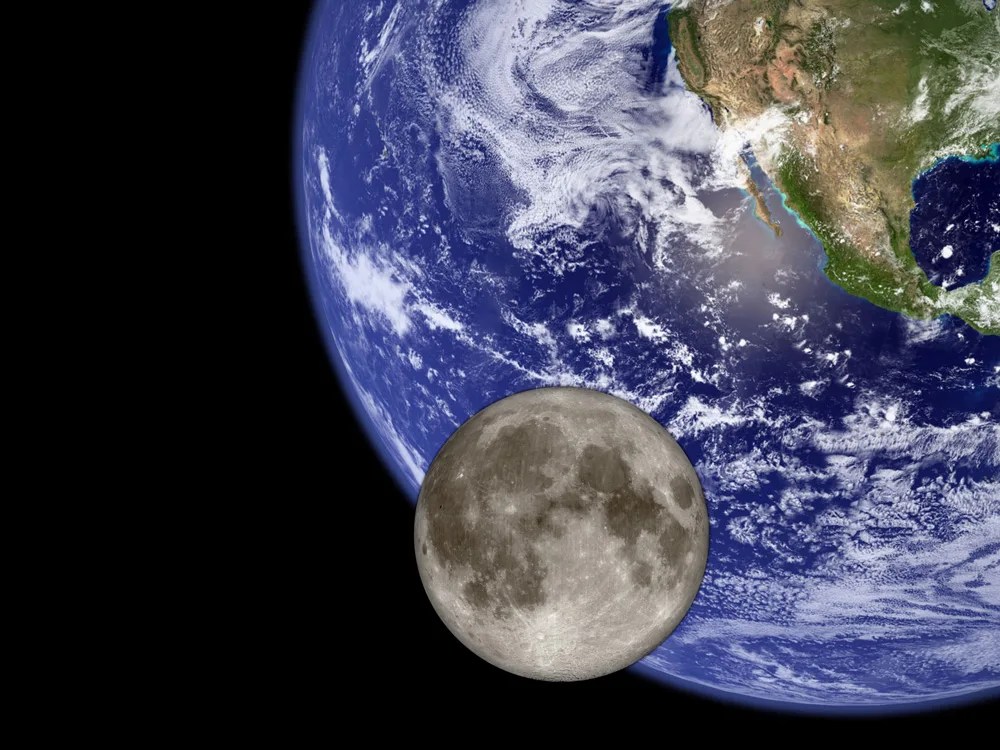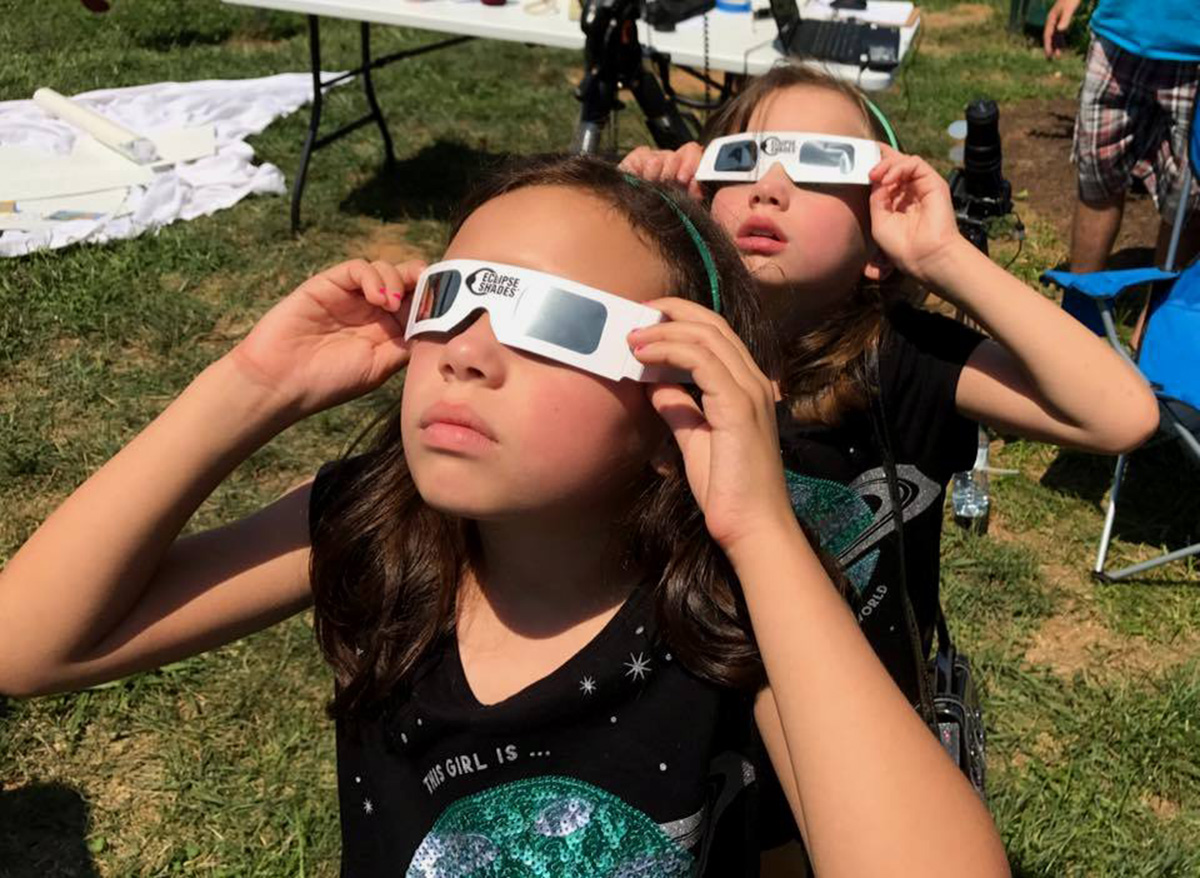Small Bodies of the Solar System
The small bodies in the solar system include comets, asteroids, the objects in the Kuiper Belt and the Oort cloud, small planetary satellites, Triton, Pluto, Charon, and interplanetary dust. As some of these objects are believed to be minimally altered from their state in the young solar nebula from which the planets formed, they may provide insight into the formation and evolution of the solar system.
Asteroids, Comets, and Meteors
Asteroids, comets, and meteors are chunks of rock, ice, and metal left over from the formation of our solar system 4.6 billion years ago. They are a lot like a fossil record of our early solar system. There are about 1.3 million known asteroids, and more than 3,800 known comets.
Learn More About Asteroids, Comets, and Meteors
The Kuiper Belt
The Kuiper Belt is a doughnut-shaped region of icy objects beyond the orbit of Neptune. It is the home to Pluto, most of the known dwarf planets, and some comets. It may hold the best available record of the original interstellar materials that formed the solar nebula, and it is the most likely birthplace of short-period comets.
Learn More About the Kuiper Belt
The Oort Cloud
The Oort Cloud is the most distant region of our solar system, believed to be a giant spherical shell surrounding the rest of the solar system. It is like a big, thick-walled bubble made of billions or trillions of icy pieces of space debris the sizes of mountains and larger. It is thought to be the home of long-period comets.
Learn More About the Oort Cloud




